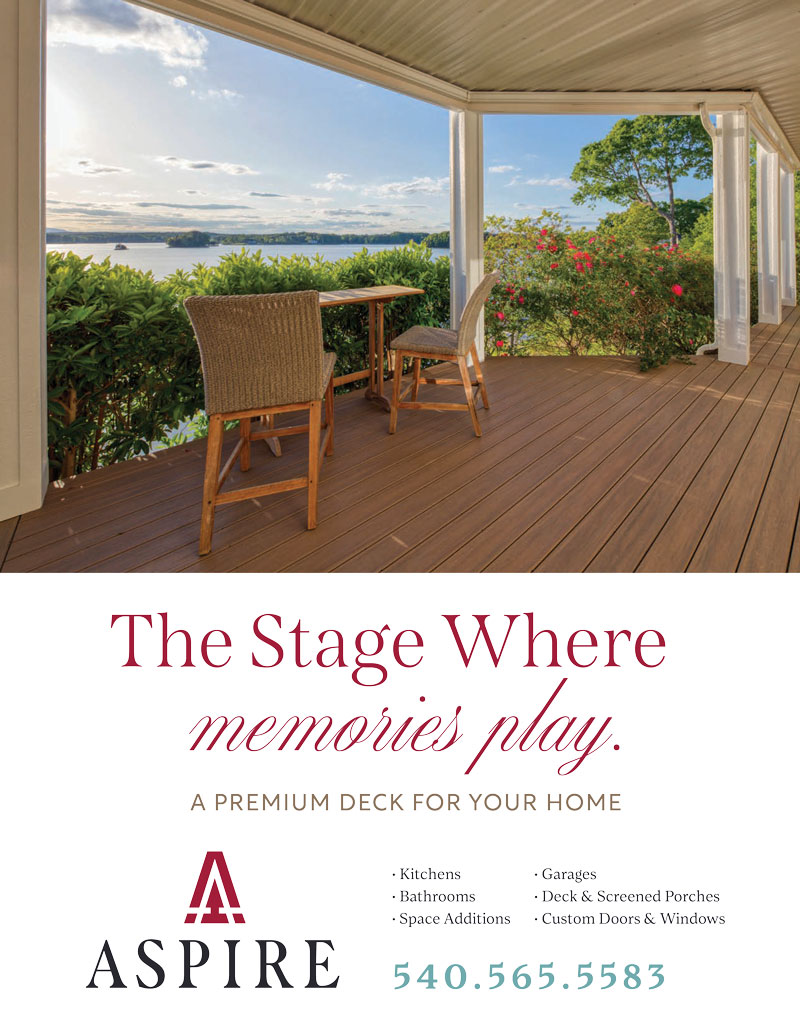Fabulous Fridges: Know Your Options Before You Shop
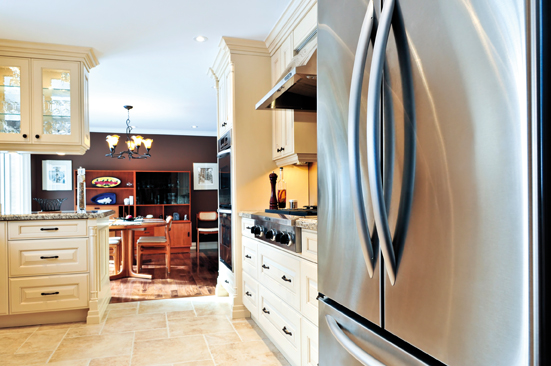 When my husband and I bought our first home, the Cape Cod fixer-upper didn’t come with a refrigerator. There, on one wall of our 60-year-old galley kitchen, next to a harvest-gold stove, stood a gaping space.
When my husband and I bought our first home, the Cape Cod fixer-upper didn’t come with a refrigerator. There, on one wall of our 60-year-old galley kitchen, next to a harvest-gold stove, stood a gaping space.
Needing something to keep milk and condiments cold, we bought a used refrigerator. It wasn’t a fancy fridge. Let’s be honest, it was an embarrassment. The 25-year-old unit had wire shelving, a missing crisper drawer and no icemaker.
We finally bought a “grown up” refrigerator—a stainless-steel number with icemaker, glass shelves and two functional crisper drawers—but looking back, it wasn’t easy to decide which one to buy. Today, the decision would be even more mindboggling, with more options than you can shake a bag of frozen peas at.
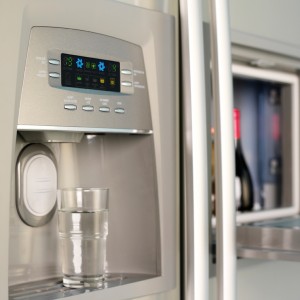 Nowadays, there are adjustable shelves, wine racks, and special compartments to accommodate deli trays, pizza boxes and milk jugs. There are cooling systems that maintain freshness and prevent odors, and water dispenser filters that negate the need to buy bottled water.
Nowadays, there are adjustable shelves, wine racks, and special compartments to accommodate deli trays, pizza boxes and milk jugs. There are cooling systems that maintain freshness and prevent odors, and water dispenser filters that negate the need to buy bottled water.
One company even invites you to “upgrade your life with a Wi-Fi enabled refrigerator…that puts access to apps at your fingertips.” For about $2,500, you can keep up with your favorite celebs on Twitter, look up recipes, get the weather forecast, listen to music, write a grocery list, organize your life with Google calendar and grab a piece of string cheese, all at the same time.
Today’s refrigerators are also so energy-efficient that, as one salesperson put it, “You burn more energy on a standard light bulb in a year than you do a refrigerator…like $20 a year to operate.”
Recently, I visited a few home-improvement stores to learn more about current trends and what to consider when buying a fridge. At one store, I wandered through a sea of refrigerators. Most were of the French door variety, meaning they had two doors of equal size on top and a freezer drawer on the bottom. Some had an icemaker/water dispenser in the door and some didn’t. They ran $2,000 to $3,000.
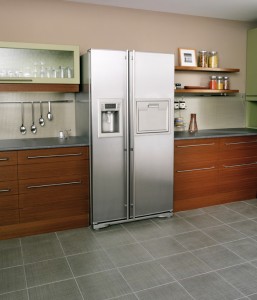 When I asked an employee about refrigerators with a top-mount freezer and one door, the predominant style for the past 40 or 50 years, she dismissively pointed at a half-dozen units lined up against the back wall.
When I asked an employee about refrigerators with a top-mount freezer and one door, the predominant style for the past 40 or 50 years, she dismissively pointed at a half-dozen units lined up against the back wall.
She could have easily been referring to kids on a playground waiting to be picked last for kickball. The French door models were the cool kids and the top-mount freezers the nerds. Indeed, everyone I talked to said French door models were their bestsellers.
Another option that’s been around for a while is the side-by-side. Starting at about $1,000, side-by-sides have vertical freezer and refrigerator compartments, with the fridge taking up a little more than half the space. The freezer usually has an icemaker with an external ice and water dispenser.
Some people buy a side-by-side because a peninsula or architectural element prevents anything with a larger door from fitting into the space. A downside is the compartments are narrow, so storing items like pizzas or turkeys can be problematic.
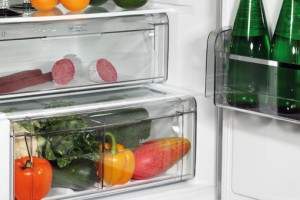 Commercial-style refrigerators are popular. A salesperson at a local kitchen and bath showroom said people come in “all the time” looking for the 36- to 60-inch-wide behemoths, which are 24 inches deep so they’re flush with cabinets for that built-in look. They run about $6,000 to $15,000.
Commercial-style refrigerators are popular. A salesperson at a local kitchen and bath showroom said people come in “all the time” looking for the 36- to 60-inch-wide behemoths, which are 24 inches deep so they’re flush with cabinets for that built-in look. They run about $6,000 to $15,000.
There are also “counter-depth” models at lower price points. At about 24 inches deep, rather than the usual 30 or so, they are available in all styles and finishes. Prices range from about $1,400 to $3,000.
As far as colors go, although local stores carry black and white models, stainless steel is the most popular. That said, many have only a stainless facade. A stainless wrap increases the cost by about $300. The current trend is to use a textured gray metal on the sides that, from a distance, is almost indistinguishable from stainless.
Other than cost, one advantage to having non-stainless sides is that they will hold magnets. Other than repelling magnets, a common complaint about stainless steel is that it’s a magnet for fingerprints. New finishes, including stainless-colored paint and faux-stainless “Satina,” resist fingerprints better than stainless and hold magnets all the way around.
If it’s color you want, at least two companies make retro-style refrigerators in blue, pink, green, yellow, red, orange and other colors. The units—think Rachael Ray’s refrigerator on her daytime TV show—cost about $1,800 to $4,200.
When it comes down to it, buying a refrigerator comes down to personal preference and space. A salesman at one home-improvement store said he has sent people back home to remeasure before buying a fridge. People often measure the old fridge and not the space, he said, and you might actually be able to buy a larger fridge than you thought.
You also have to consider the kitchen layout. Make sure the door swings the right way—many doors are not reversible—and make sure a wall isn’t in the way, which could prevent the door from fully opening. And don’t forget to measure the kitchen doorway. Failure to do so could create a whole new dilemma: explaining to visiting neighbors why your fridge is in the living room.
